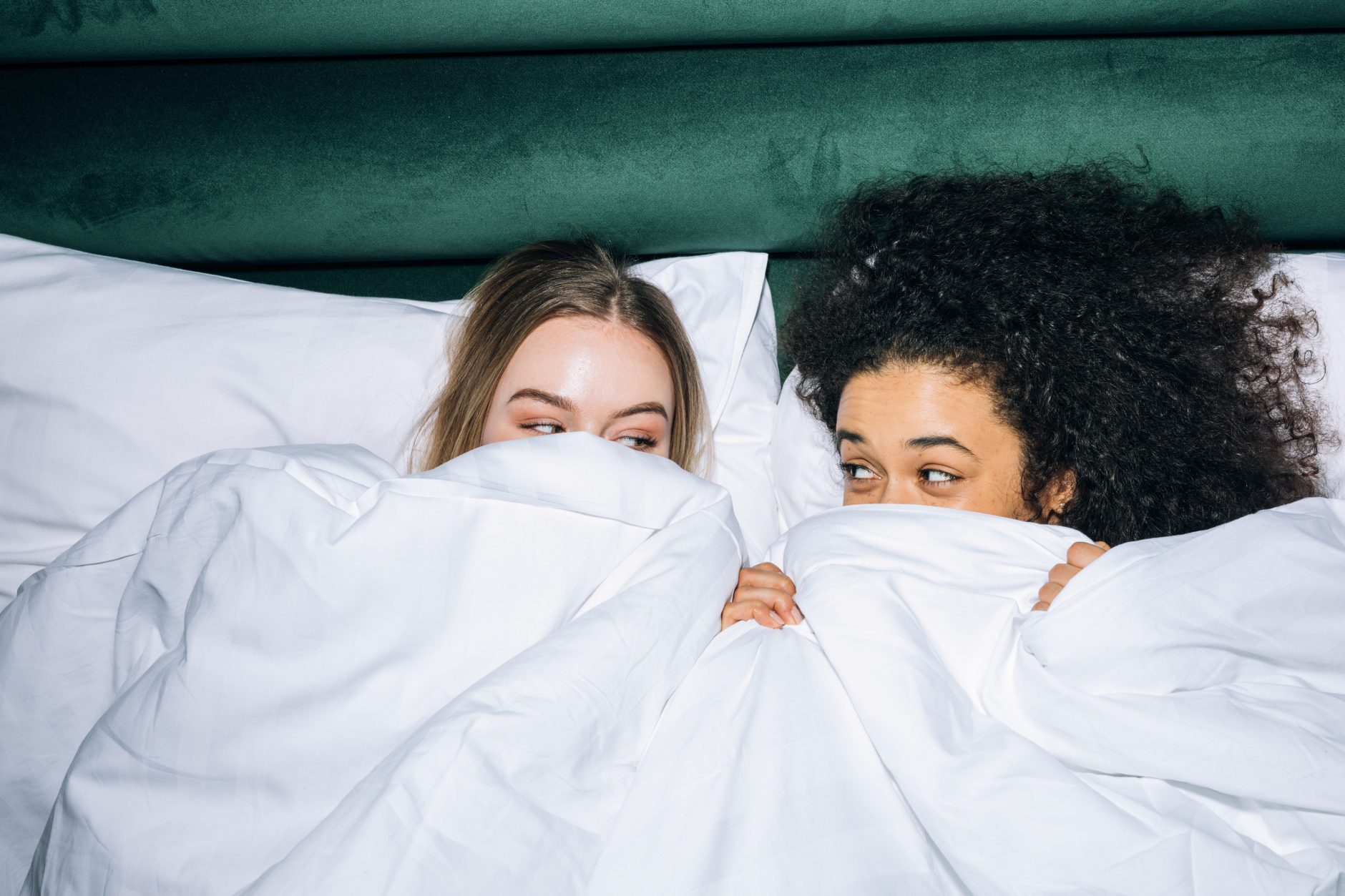Silk has long been praised as a symbol of luxury and sophistication, and its attraction expands to hair and skincare. Silk pillowcases and turbans are often praised for their ability to pamper your locks and clear skin. However, as with any story, there are often two sides to the tale. In this article, we’re going to unveil the less glamorous aspects—the disadvantages of silk pillowcases and turbans that you might not have considered.
The Slippery Slope: Hair Troubles
Silk Pillowcases: While silk pillowcases are known for reducing friction on your hair, they can sometimes be a little too slippery for comfort. If you’re used to tossing and turning in your sleep, your hair may end up sliding all over the place, potentially causing tangles and knots. Additionally, this slipperiness can make it challenging to keep your hairstyle intact if you’re trying to preserve those perfectly styled locks.
Silk Turbans: Silk turbans are designed to protect your hair while you sleep, but the smooth surface can also lead to issues. Just like with pillowcases, the slippery nature of silk turbans might not keep your hair securely in place. If you’re a restless sleeper, you might wake up to find your turban gone, on the other side of the bed.
Delicate by Nature: Durability Concerns
Silk Pillowcases: Silk is a delicate fabric. While its softness is a key selling point, it’s also prone to snags and tears. This means that your silk pillowcase may not have the same longevity as other materials. Frequent washing, especially if not done with utmost care, potentially leads to the need for replacements sooner than expected.
Silk Turbans: Silk turbans are subjected to similar durability concerns. The delicate nature of silk means that it can be more sensitive to damage, particularly with your creams and gels staining on the fabric. You can’t machine wash silk.
Not So Eco-Friendly: Ethical and Environmental Considerations
Silk production often involves the use of silkworms, which are boiled alive to obtain the silk fibres. This process raises ethical concerns for animal welfare. Additionally, traditional silk production methods can have environmental impacts due to pesticide use and water consumption. The conscious vegan consumer wouldn’t buy silk.
Pricey Pickings: Budget Constraints
Both silk pillowcases and turbans are known for their luxurious feel, but this luxury comes at a price. Silk products tend to be more expensive than alternatives, making them less accessible to those on a tight budget.
Care Is Key: Maintenance Demands
Silk requires special care. You can’t just toss your silk pillowcase or turban in with your regular laundry. Instead, they often require gentle handwashing or specific cleaning instructions. This can be a hassle for those looking for low-maintenance sleep and haircare solutions.
Exploring Alternatives: Finding What Works for You
While silk pillowcases and turbans have their undeniable benefits, it’s essential to consider the disadvantages, too. If you find that silk doesn’t align with your lifestyle or preferences, fear not—there are plenty of alternative materials, such as bamboo or cupro, that offer similar benefits without the disadvantages. You can already see this in the fashion industry.
Ultimately, the key to achieving the best results for your hair and skin is finding what works best for you. It might be silk, or it might be one of its less celebrated cousins. The world of beauty and self-care is vast and varied, and it’s full of options waiting to be explored.

Leave a Reply